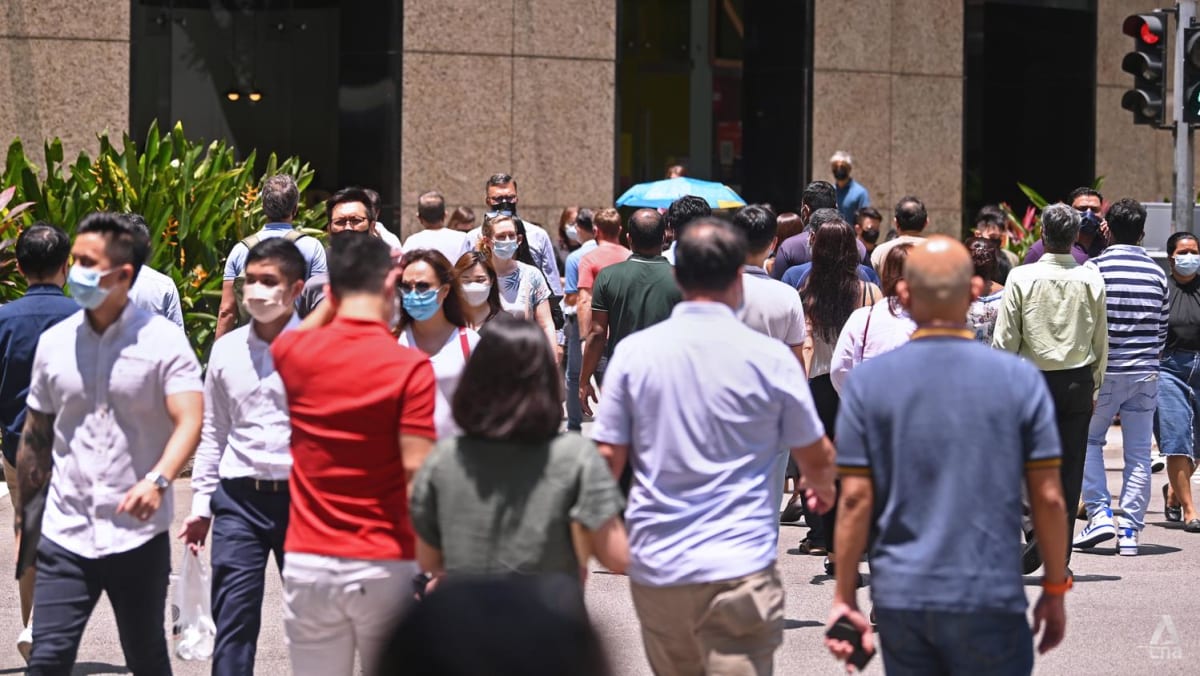
SINGAPORE: Singapore’s labour market continued to improve in the third quarter of 2022, with total employment – excluding migrant domestic workers – growing by 75,600.
This surpasses the previous quarter’s growth of 66,500.
“With this expansion, total employment surpassed its pre-pandemic level by 1.7 per cent in September 2022,” said the Ministry of Manpower (MOM) in its advance estimates on Friday (Oct 28).
Non-residents accounted for most of the expansion, mainly in construction and manufacturing.
More residents also found employment, although the pace of increase has eased, noted MOM.
But unemployment rates and retrenchments rose in the third quarter. The number of retrenchments increased to 1,600 from the previous quarter’s all-time low of 830.
While the removal of COVID-19 restrictions and border measures have supported the labour market’s recovery in recent quarters, there are signs of slowing momentum in the third quarter, said MOM.
“In the coming months, a deteriorating global economic environment, higher global inflation, as well as geopolitical tensions, will impact the labour market,” it added.
TOTAL EMPLOYMENT
Non-resident employment grew steadily across all sectors, with the increases concentrated in the construction and manufacturing sectors which are more reliant on foreign workers.
More were also hired in the accommodation sector amid heightened demand for manpower resulting from the easing of COVID-19 restrictions.
As for resident employment, increases were led by the outward-oriented sectors of information &
communications, professional services and financial services.
But “sustained declines” were observed in administrative & support services, said MOM, partly reflecting the gradual scale-back of COVID-related roles such as safe-distancing ambassadors and vaccination centre workers.
“In the final quarter of 2022, some unevenness in growth could emerge across sectors,” the ministry said in its report. “Demand in tourism- and consumer-related sectors should remain robust, supported by the recovery of international visitor arrivals and hiring for the year-end festive season. In contrast, trade-reliant sectors such as manufacturing may experience more subdued employment growth as external demand weakens.”

